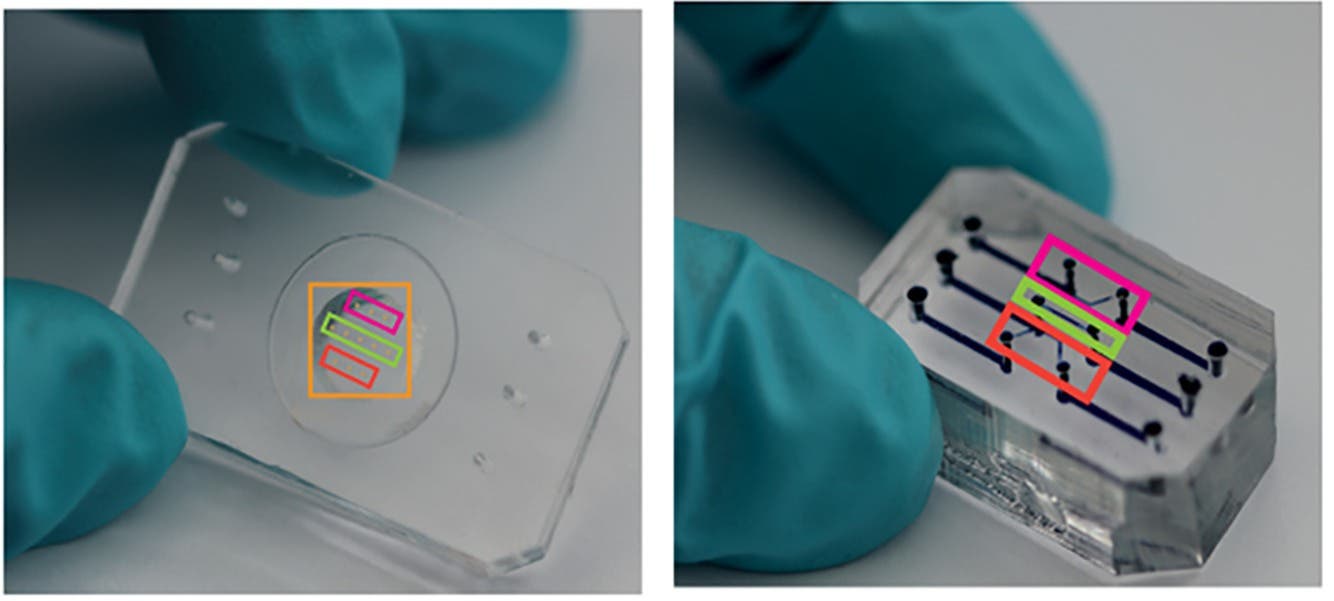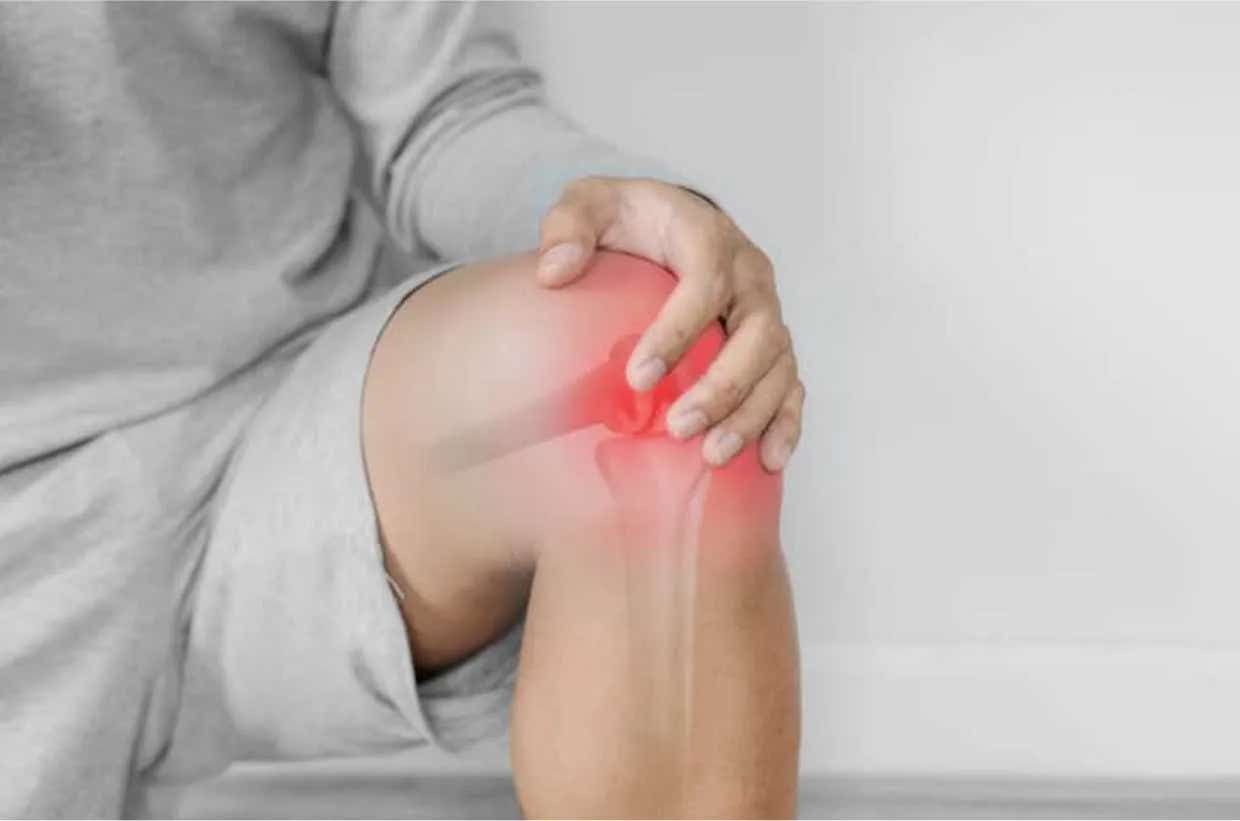Groundbreaking biosensor detects Alzheimer’s and Parkinson’s disease proteins
The AI-enhanced, biosensing tool ImmunoSEIRA for the detection of misfolded proteins linked to Parkinson’s and Alzheimer’s disease.

[July 15, 2023: Staff Writer, The Brighter Side of News]
The formation of amyloid plaques in the brain is a hallmark of Alzheimer’s disease. (CREDIT: Creative Commons)
Harnessing the combined might of various avant-garde technologies, researchers from École Polytechnique Fédérale de Lausanne (EPFL) have made a significant leap towards diagnosing and monitoring neurodegenerative diseases (NDDs), like Alzheimer's disease (AD) and Parkinson's disease (PD).
The ground-breaking device, christened the ImmunoSEIRA sensor, is an innovative biosensing technology that facilitates the identification and detection of protein biomarkers, key tell-tale signs of NDDs, which are misfolded.
Today, in the acclaimed journal, Science Advances, the research team announced a novel approach incorporating artificial intelligence (AI) into their system. Utilizing neural networks, AI's subset, the team can now gauge disease stages and progression, promising not only early detection but also enabling more effective treatment options assessment at various disease stages.
Understanding the Diagnosis Challenge
NDDs have posed substantial diagnostic challenges, mainly because of the absence of efficient early detection methods and the difficulty in monitoring disease progression. Protein misfolding, a common characteristic in neurodegenerative diseases, is a key driver of disease progression.
Related Stories
Proteins that are usually healthy are hypothesized to first misfold into oligomers during the early stages, and subsequently into fibrils in later stages. These misfolded protein clusters circulate within the brain and biofluids and are also found as deposits in the brains of deceased NDD patients.
The persistent challenge has been developing the necessary tools to detect these biomarkers. Various hurdles, including the current technological limitations in accurately separating and quantifying distinct protein aggregates, have impeded accurate detection.
Uniting Advanced Technologies: The Creation of the ImmunoSEIRA Sensor
In the quest to craft this cutting-edge NDD biomarker sensor, the joint efforts of Professor Hatice Altug’s Bionanophotonic Systems Laboratory (BIOS) and Professor Hilal Lashuel’s Laboratory of Molecular Neurobiology and Neuroproteomics (LMNN) have converged multiple scientific fields. By marrying protein biochemistry, optofluidics, nanotechnology, and artificial intelligence (AI), they've pioneered a diagnostic approach.
An infographic explaining the process of the biosensor ImmunoSEIRA for the detection of misfolded proteins linked to Parkinson’s and Alzheimer’s disease. Version without text. (CREDIT: EPFL)
"Unlike current biochemical approaches which rely on measuring the levels of these molecules, our approach is focused on detecting their abnormal structures. This technology also allows us to differentiate the levels of the two main abnormal forms implicated in the development and progression of NDDs, oligomers and fibrils,” Lashuel explains.
The ImmunoSEIRA sensor leverages a technology known as surface-enhanced infrared absorption (SEIRA) spectroscopy. This technology empowers scientists to identify and analyze specific disease-associated molecules, or biomarkers, tied to NDDs. Equipped with a unique immunoassay, the sensor acts like a molecular sleuth, identifying and capturing these biomarkers with high precision.
ImmunoSEIRA detection principle and the setup. The misfolding pathway of aSyn protein shows the transition from unstructured monomers to β sheet–enriched fibrillar species via a heterogenous population of oligomers. (CREDIT: Science Advances)
Deepthy Kavungal, the main author of the paper and PhD student, noted, "In our paper, we present a technological solution that integrates nanoplasmonics, cleanroom nanofabrication, microfluidics, immunoassay, AI, and advanced biochemical methods. Our ImmunoSEIRA sensor exhibits structural sensitivity and the capability to monitor a panel of complementary biomarkers with high specificity from small sample volumes in complex biomatrices."
Unleashing the Power of Nanotechnology and AI
The ImmunoSEIRA sensor embodies a union of nanotechnology and AI, featuring gold nanorod arrays armed with antibodies for specific protein detection. It allows for the real-time capture and structural analysis of target biomarkers from minute samples. Furthermore, neural networks, a type of AI algorithm, are used to pinpoint specific misfolded protein forms – oligomeric and fibrillary aggregates – achieving an unparalleled detection accuracy level as diseases progress.
Lashuel acknowledged this as a momentous advancement in disease detection, elaborating that, "since the disease process is tightly associated with changes in protein structure, we believe that structural biomarkers, especially when integrated with other biochemical and neurodegeneration biomarkers, could pave the way for more precise diagnosis and monitoring of disease progression.”
The EPFL team has shown that the ImmunoSEIRA sensor can function effectively in actual clinical environments, specifically in biofluids. They have managed to accurately identify the unique signature of abnormal fibrils, a critical indicator of NDDs, even in complex fluids like human cerebrospinal fluid (CSF).
Professor Altug hinted at future plans, explaining that the next phase with this innovative technology "is to continue to expand its capabilities and evaluate its diagnostic potential in Parkinson’s disease and the growing number of diseases caused by protein misfolding and aggregation.”
The findings of this study mark a monumental advancement in the realms of biosensing, infrared spectroscopy, nanophotonics, and NDD biomarkers. The AI-aided ImmunoSEIRA sensor's deployment signifies a notable progression towards early NDD detection, disease progression monitoring, and drug efficacy assessment, addressing the crucial need for timely intervention and treatment in neurodegenerative diseases.
Note: Materials provided above by The Brighter Side of News. Content may be edited for style and length.
Like these kind of feel good stories? Get the Brighter Side of News' newsletter.



